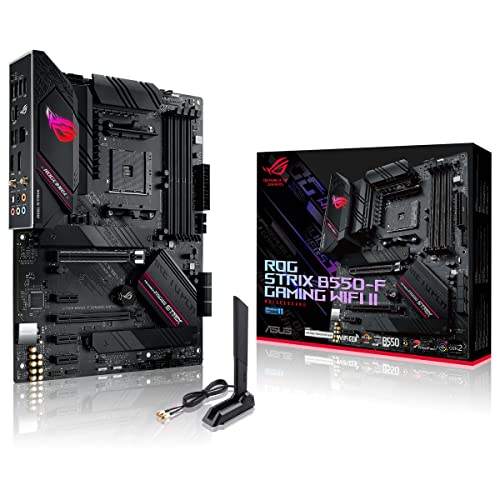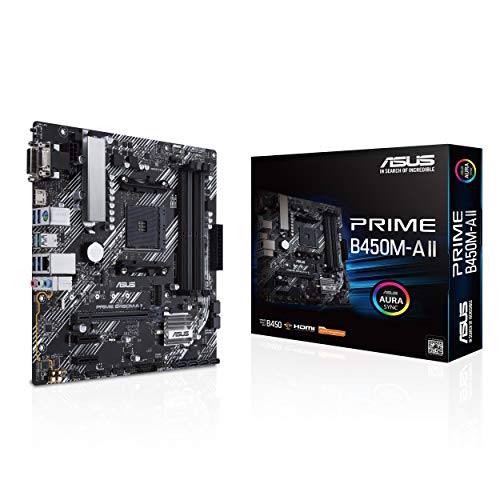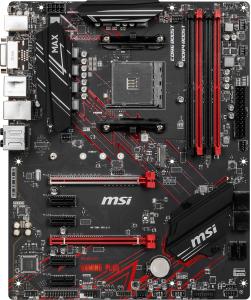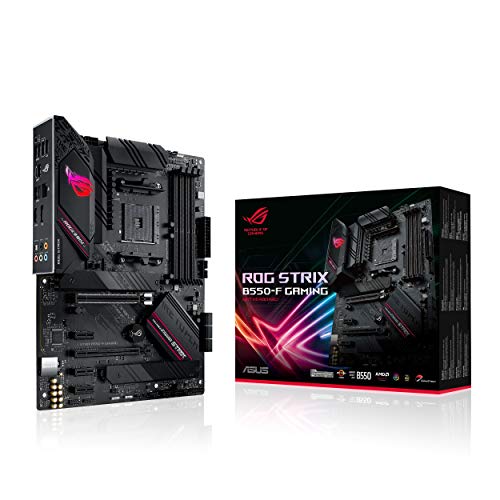A dust‑free PC is essential for sustaining high performance, as dust accumulation can impede airflow, reduce cooling efficiency, and ultimately lead to overheating. Implementing effective cleaning techniques and controlling the environment around your PC are key to preserving the longevity of your components.
Regularly use compressed air to remove dust from fans, heatsinks, and filters. Periodically open the case for a thorough cleaning, and use anti‑static methods to protect sensitive components. Consider installing dust filters and keeping your workspace dust‑controlled to minimize the build‑up over time.
Keep your PC in a room with controlled temperature and humidity to reduce static and dust accumulation. Regular maintenance routines not only improve system performance but also reduce the risk of dust‑related damage over extended periods.
Maintaining a dust‑free PC through regular cleaning and proper environmental control is essential for optimal performance. By staying diligent with cleaning routines and ensuring a controlled workspace, you can safeguard your high performance system against the adverse effects of dust accumulation.
Complete Dust-Free PC Maintenance Guide: Cleaning Techniques & Environmental Controls
Dust accumulation is the silent killer of PC performance. By mastering advanced cleaning techniques, environmental controls, and smart monitoring, you’ll maintain peak airflow, cooling efficiency, and system longevity.
Introduction
A dust-free PC is not just about aesthetics—it’s about preserving thermal performance, preventing component failure, and extending system lifespan. Dust clogs heatsinks, throttles airflow, and insulates hotspots, forcing fans to spin faster and draw more power.
In this extensive guide, we’ll cover everything from basic compressed-air cleaning to advanced environmental controls, component-specific care, airflow optimization, and automated monitoring solutions. Armed with these strategies, you’ll maintain optimal cooling efficiency and ensure your PC runs reliably for years.
Understanding the Impact of Dust
Dust is a mixture of skin cells, textile fibers, pet dander, pollen, and airborne particulates that accumulate inside PC cases. Even a thin layer of dust on finned heatsinks can increase thermal resistance by over 30%, causing CPU and GPU temperatures to climb by 10–15 °C under load.
Consequences of unchecked dust build-up:
- Thermal throttling and reduced clock speeds.
- Fan bearing wear, increased noise, and premature failure.
- Short circuits from conductive dust or debris bridging contacts.
- Elevated power consumption as cooling systems work harder.
- Compromised overclocking stability and lifespan of components.
Effective Cleaning Techniques
A systematic approach to PC cleaning ensures no area is overlooked. Below are the core techniques every cleaner should master.
Compressed Air Cleaning
Compressed air is your first line of defense against dust. Optimal usage guidelines:
- Use canned air or a refillable air compressor with a regulator set to ≤ 30 psi.
- Hold fans in place to prevent spinning—spinning blades can act as a generator and damage bearings.
- Blow dust out of heatsink fins in short bursts, from top to bottom, not sideways.
- Keep the can upright to avoid dispensing liquid propellant onto components.
Brushes & Precision Tools
Soft-bristle brushes, microfiber cloths, and anti-static foam swabs help dislodge stubborn dust:
- Brush heatsink fins, fan hubs, and connector pins with an ESD-safe brush.
- Use foam swabs for m.2 slots, DIMM slots, and PCB crevices.
- Microfiber cloth lightly dampened with isopropyl alcohol (≥ 90%) for greasy or sticky residue.
Vacuum & Extraction Methods
While vacuums can help, they pose electrostatic risks. If used:
- Choose a vacuum with ESD-safe attachments and a low-suction setting.
- Maintain a grounding strap on the chassis to dissipate static charges.
- Restrict vacuum use to large dust clumps—avoid PCB contact.
Anti-Static Wipes & Sprays
Anti-static wipes and sprays prevent re-attraction of dust:
- Apply anti-static spray to dust filters and front intake areas.
- Wipe painted surfaces and plastics to reduce static cling.
- Avoid direct application on electronics—spray onto cloth first.
Cleaning Frequency & Scheduling
Establish a routine based on environment and usage intensity:
- Every 1–2 months: Compressed-air and filter cleaning for home offices and living rooms.
- Quarterly: Deep-clean brushes, swabs, and open-case inspections in dusty workshops.
- Bi-annual: Full disassembly and component-by-component cleaning for heavy-use rigs.
Component-Specific Cleaning
Each PC component has unique cleaning needs. Tailoring your approach prevents damage and maximizes effectiveness.
Power Supply Unit (PSU)
Dust in the PSU can cause overheating and ripple noise. Cleaning steps:
- Unplug and remove PSU from chassis.
- Use canned air through the intake fan grill and vents—hold fan blades stationary.
- Wipe the exterior housing and connectors with anti-static cloth.
- Reinstall with clean filter at chassis intake to reduce future buildup.
Motherboard & Expansion Cards
Sensitive circuitry requires gentle handling:
- Ground yourself with an ESD wrist strap.
- Blow dust from PCIe slots, VRM heatsinks, and chipset coolers.
- Brush around capacitors and memory slots to dislodge fine particulates.
GPU & CPU Cooler
GPUs and CPU coolers share similar architectures—fans, heatsinks, and heat pipes:
- Remove GPU from PCIe slot and clean fans with compressed air.
- For open-air coolers, disassemble fan shrouds and blow out heatsink fins.
- Check thermal grease on CPU and GPU die—reapply fresh high-quality paste if needed.
Fans, Radiators & Dust Filters
Fans and filters are frontline defenders against dust:
- Soak washable filters in warm soapy water, rinse thoroughly, and air-dry before reinstalling.
- Use a lint roller on fine mesh filters for quick maintenance.
- Inspect radiator fins for trapped debris—use a soft brush and compressed air to clear passages.
Environmental Control Strategies
Beyond cleaning, controlling your PC’s surroundings reduces dust ingress and static buildup.
Room Temperature & Humidity
Ideal environmental conditions:
- Temperature: 20–24 °C (68–75 °F) for optimal electronics performance.
- Relative Humidity: 40–60% to minimize static discharge and microbial growth.
- Avoid direct sunlight and heating vents that stir up dust.
Air Filtration & Purifiers
High-efficiency particulate air (HEPA) filters and ionic purifiers capture airborne dust before it enters your case:
- Place a HEPA air purifier near your desk to trap room particulates.
- Use intake fans with magnetic or washable filters rated MERV 8 or higher.
- Clean or replace filters on a monthly schedule to maintain airflow.
Workspace Layout & Clean Zones
Strategic workspace design minimizes dust exposure:
- Elevate your PC off the floor to avoid carpet dust ingestion.
- Create a designated dust-free “clean zone” with a desktop mat and limited foot traffic.
- Store pets and open windows away from your PC area.
Airflow Optimization & Cable Management
Unobstructed airflow and tidy cables help your cooling system work efficiently and reduce dust traps.
- Front-to-rear positive-pressure airflow draws cooler air in and expels hot air out.
- Use cable ties and routing channels behind the motherboard tray to prevent airflow interference.
- Install intake dust filters on all bottom and front intake fans.
- Maintain at least 20 mm clearance behind fans and heatsinks for optimal air delivery.
Advanced Preventive Measures
Dust Filter Comparison
Compare common filter types to choose the best option for your environment:
| Filter Type | Filtration Rating | Airflow Impact | Maintenance |
|---|---|---|---|
| Mesh Metal | MERV 6–8 | Low | Vacuum or rinse monthly |
| Electrostatic Foam | MERV 8–11 | Moderate | Wash and air-dry bi-weekly |
| Magnetic Fine Nylon | MERV 11–13 | Moderate–High | Wash weekly |
| HEPA Media | MERV 13–16 | High | Replace every 6–12 months |
Dust-Repellent Coatings
Lightly apply anti-dust sprays or coatings to interior plastic surfaces and fan blades. Products with silicone or graphite additives reduce static cling and prevent new dust buildup for up to three months.
Smart Monitoring & Automation
Automate your dust-monitoring routine with integrated sensors and software:
- Install temperature and humidity sensors in your case; trigger alerts when thresholds rise.
- Use motherboard or fan controller software (e.g., Corsair iCUE, NZXT CAM) to schedule fan cycles that shake loose dust.
- Implement a Raspberry Pi-based camera module for time-lapse monitoring of dust accumulation.
- Leverage IoT air-quality monitors to track room particulate levels and automate air purifier operation.
Health & Safety Considerations
Dust contains allergens and irritants—protect yourself during cleaning:
- Wear an N95 or P100 respirator to avoid inhaling fine particles.
- Use safety glasses to protect eyes when using compressed air.
- Ensure proper ventilation in your workspace.
- Always power down and unplug before opening the case.
Cost-Benefit Analysis of Maintenance
Investing time and minimal supplies in dust maintenance yields significant ROI:
- Reduced fan replacement and component failures—save $50–$150 per part.
- Maintained overclocking margins—avoid performance degradation over time.
- Lowered electricity bills as fans and pumps operate at lower RPMs.
Annual cost: <$20 in cleaning supplies vs. hundreds in avoided repairs and energy savings.
Conclusion & Best Practices
Keeping a dust-free PC is an ongoing process combining regular cleaning, environmental controls, airflow optimization, and smart monitoring. By adopting a structured routine—ranging from compressed-air bursts to HEPA filtration and anti-static treatments—you’ll safeguard your investment and ensure peak cooling efficiency.
Key takeaways:
- Clean frequently with the right tools—compressed air, brushes, and anti-static wipes.
- Control your workspace—use HEPA purifiers, maintain ideal temperature/humidity, and create clean zones.
- Optimize airflow—filters, cable management, and positive case pressure keep dust at bay.
- Leverage smart sensors and automation to stay ahead of dust buildup and component stress.
- Prioritize safety—use PPE, ground yourself, and work in a well-ventilated area.
Implement these strategies today to enjoy quieter fans, cooler temperatures, and a PC that performs at its peak for years to come.







